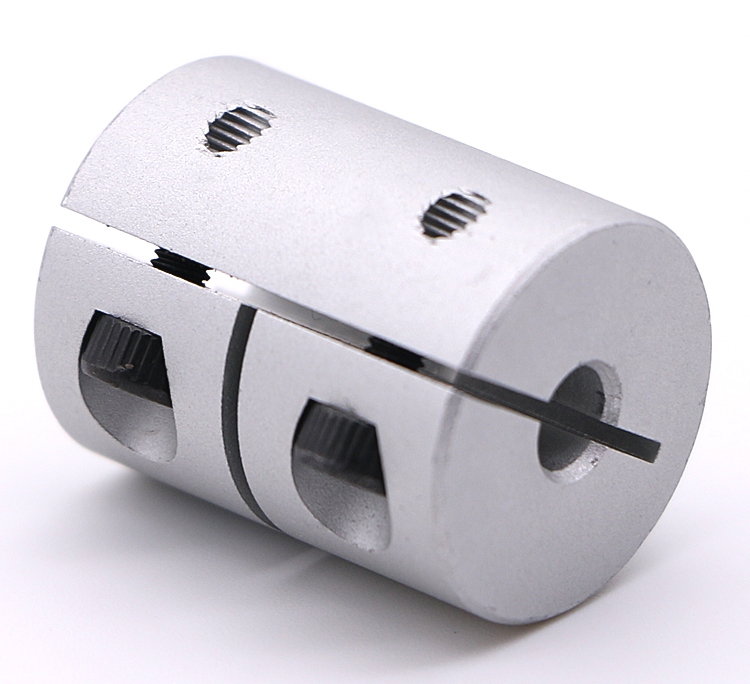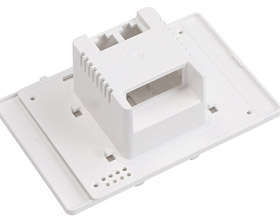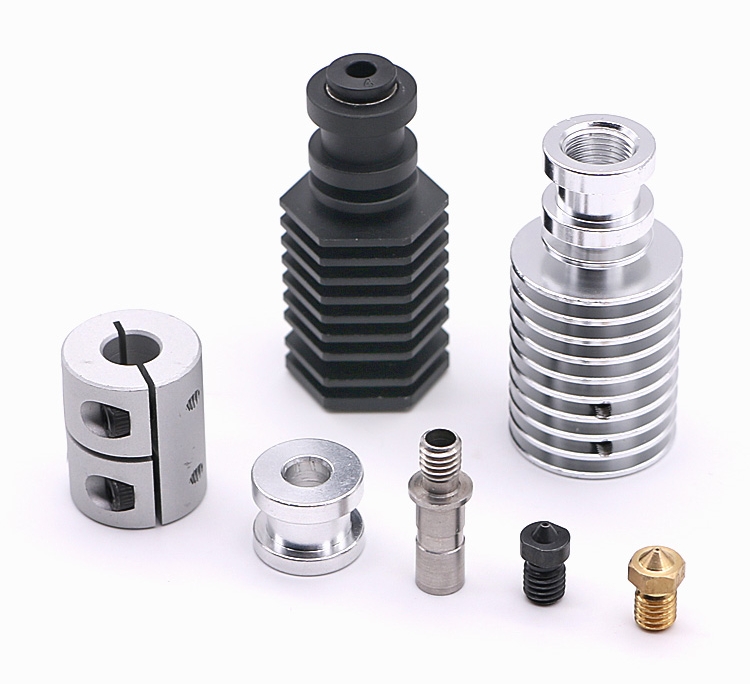How to Make 3D Prints Stronger?
Many people often encounter the problem of fragile and fragile prints when using 3D printing technology, which not only leads to product failure, but also wastes resources. But in fact, by adjusting specific printing parameters and choosing the right materials, the strength and reliability of prints can be significantly improved.
In order to make stronger 3D prints, we need to consider the choice of technology and materials. It is crucial to understand how to adjust printer settings, select the right printing materials, and apply finishing techniques to enhance the strength and durability of prints. Next, we will dive into effective strategies for optimizing 3D prints.

Adjust Printer Settings
In order to create a strong and durable 3D printed part, fine-tuning the printer settings is an indispensable step. 3D printers provide a variety of adjustable parameters, which can help you get high-quality printing results. Next, we will share how to use these settings to improve the quality of 3D printed parts.
Increase Infill Density
Infill density refers to the amount of material inside your 3D print. A higher infill density can lead to stronger prints, as it reduces the likelihood of hollow areas that may compromise structural integrity. Generally, a density of 20-50% is recommended for most projects, but this may vary based on the application. Remember that increasing infill also increases print time and material usage, so balance is key.
Increase Wall Thickness
Wall thickness is another critical factor for strong prints. A thicker outer wall can protect the print from external stresses and impacts. Depending on the design and purpose of the print, consider increasing wall thickness to at least 3-4 layers. This enhancement adds a layer of durability, making your prints less susceptible to breakage and wear.
Use Thinner Layers
Using thinner layers can improve the overall strength of your print by allowing better layer adhesion. Thinner layers create a more precise model with fewer visible lines and imperfections. This technique is particularly effective for detailed designs and ensures that each layer bonds effectively with the next, resulting in a more solid print overall.
Use a Strong Infill Pattern
Choosing the right infill pattern is essential for enhancing print strength. Patterns like grid, honeycomb, or cubic provide excellent support and rigidity. Experimenting with different patterns can lead to better results depending on your specific project needs. The right pattern can significantly affect the distribution of forces throughout the print, improving its structural integrity.
Adjust Flow Rate
The flow rate controls how much filament is extruded during printing. A properly calibrated flow rate ensures that your print has enough material to maintain strength without excessive buildup that can cause weak points. Adjusting the flow rate may require some trial and error, but it is essential for achieving the best results.
Modify the Line Width
Modifying the line width can also contribute to stronger prints. A wider line width can fill gaps more effectively, reducing the chance of weak areas. When adjusting the line width, consider the material being used and the specific printer capabilities to ensure optimal adhesion and overall strength.
Reduce Cooling
Cooling is a crucial factor in 3D printing, as it influences layer adhesion. Reducing the cooling fan speed can enhance layer bonding, especially with certain materials. While cooling helps maintain detail, excessive cooling can lead to warping and weaker structures.
Select Strong Material to Make Strong 3D Prints
Choosing the right material is vital for creating strong 3D prints. Here are some popular options:
ABS: Known for its strength and durability, ABS is ideal for making functional parts. Its high rigidity and good thermal stability make ABS an ideal choice for many industrial applications.

PLA: Although PLA is easy to print, its durability can be relatively low without reinforcement. However, by adding reinforcements or using special printing techniques, the strength and durability of PLA can be significantly improved.
PETG: PETG offers an excellent balance between flexibility and strength, making it suitable for a variety of applications. Its chemical resistance, scratch resistance, and good transparency make PETG a preferred material for many creative designs and functional applications.
Determine Part Orientation
The orientation of your 3D print can drastically affect its strength. Aligning the print along the strongest axis can help distribute stress more evenly. It’s crucial to consider how the part will be used and stress-tested to determine the optimal orientation for maximum strength. For instance, if the part is subject to tensile or compressive forces, aligning it perpendicular to these forces during printing can prevent stress concentrations and subsequent fractures. By carefully analyzing the part’s usage scenario and stress patterns, you can optimize the print orientation to enhance the overall strength and durability of the component.
Applying Epoxy Coating to 3D Prints
Applying an epoxy coating to your 3D prints can significantly bolster their strength. This method not only provides a protective layer but also adds rigidity, making them suitable for functional prototypes and final products. To achieve optimal results, ensure even coverage across the entire printed surface when applying the epoxy. Additionally, the epoxy coating enhances the chemical resistance and abrasion resistance of the prints, thereby extending their lifespan. Before applying the epoxy, thoroughly clean and dry the printed parts to ensure that the coating adheres securely to the surface.
Reinforcing 3D Prints with Metal
Incorporating metal reinforcements can dramatically increase the strength of 3D prints. This technique is ideal for applications requiring additional durability, combining the lightweight benefits of plastic with the robustness of metal. By integrating metal components, such as inserts or frameworks, within the plastic structure, manufacturers can significantly enhance the load-bearing capacity and overall performance of their 3D printed parts.
Other Considerations to Make 3D Printed Parts Strong
Annealing 3D prints involves heating the printed part to a specific temp and letting it cool slowly. This process relieves internal stresses, enhancing strength and stability. It’s especially useful for parts prone to stress-related deformation, like certain thermoplastics. By controlling annealing, manufacturers optimize mechanical properties for various applications.
Electroplating plastic 3D prints adds a thin metal layer via an electrochemical process. This boosts strength and durability, giving a pleasing finish. The metal layer also improves corrosion resistance and electrical conductivity. However, surface preparation is crucial for metal adhesion. The process can be costly and involve hazardous chemicals, so safety guidelines must be followed.
Enhancing 3D Print Quality and Strength: Expertise and Choices
Partnering with experienced professionals can help you make informed decisions regarding material selection and printing techniques. Expert advice can guide you through optimizing every aspect of your 3D prints, from choosing the right materials and printer settings to incorporating post-processing techniques like annealing and electroplating. By leveraging the expertise of seasoned professionals, you can ensure that your 3D printed parts meet the highest standards of quality and strength, tailored to your specific application needs.
VMT – Provide Custom 3D Printing Services
Collaborating with seasoned professionals at VMT can aid in making well-informed decisions concerning material selection and printing techniques for your 3D prints. Expert recommendations from VMT can steer you towards optimizing every facet of your 3D printing process, from picking the appropriate materials and printer settings to incorporating post-machining methods like annealing and electroplating.
By harnessing the expertise of VMT’s professionals, you can guarantee that your 3D printed parts meet the utmost standards of quality and strength, tailored to your specific application needs. For those seeking tailored solutions, VMT offers customized 3D printing services. Whether you require specific materials or designs, our expertise ensures high-quality outputs that cater to your unique requirements.

In Conclusion
By applying these technologies and choosing the right materials, you can create strong and durable 3D printed parts for a variety of applications. These parts can not only withstand higher loads and wear, but also maintain excellent performance in harsh environmental conditions. Whether it is aerospace, automotive manufacturing, medical devices or consumer electronics, our customized 3D printing services can provide the best solution to meet your needs.
Frequently Asked Questions About 3D Printing
How do You Reinforce PLA 3D Prints?
Reinforcing PLA prints can be done by adjusting print settings, using thicker wall structures, and applying coatings like epoxy. Additionally, consider using composite materials that blend PLA with stronger filaments. This approach enhances durability while maintaining the print’s original design. Another effective method is annealing, which helps relieve internal stresses and improves overall strength.
What is the Strongest 3D Printable Material?
The strongest 3D printable materials include nylon, polycarbonate, and certain composite filaments that blend plastics with carbon or glass fibers. Nylon is known for its toughness and flexibility, while polycarbonate offers superior impact resistance. Composite filaments enhance strength and durability, making them ideal for demanding applications.
What are the 5 Elements of 3D Printing?
The five essential elements of 3D printing include:
- 1. 3D Model: A digital representation of the object to be printed.
- 2. Slicing Software: Converts the 3D model into instructions for the printer.
- 3. Printer: The device that creates the physical object.
- 4. Filament or Material: The substance used to build the print.
- 5. Post-machining: Finishing techniques to enhance the print’s appearance and durability. Understanding these elements is crucial for successful 3D printing projects.
How to Strengthen 3d Prints After Printing?
To enhance the strength of 3D prints after the printing process, various post-processing techniques can be utilized. A widely recognized method is the incorporation of infill, which introduces internal support structures within the print, thereby boosting its strength and longevity. Another technique involves the application of a layer of reinforcing materials, such as fiberglass or carbon fiber, to the exterior of the printed object. Furthermore, chemical treatments, including annealing or immersion in epoxy resin, can significantly improve the mechanical properties of 3D-printed items.



